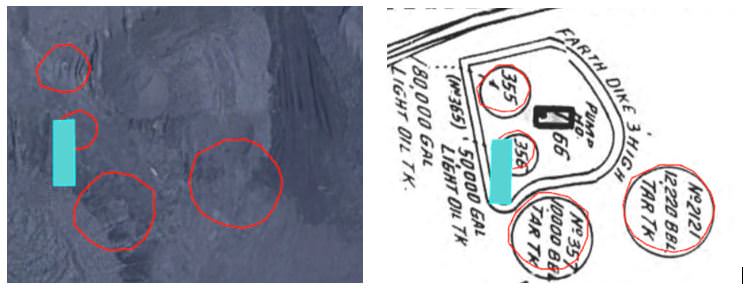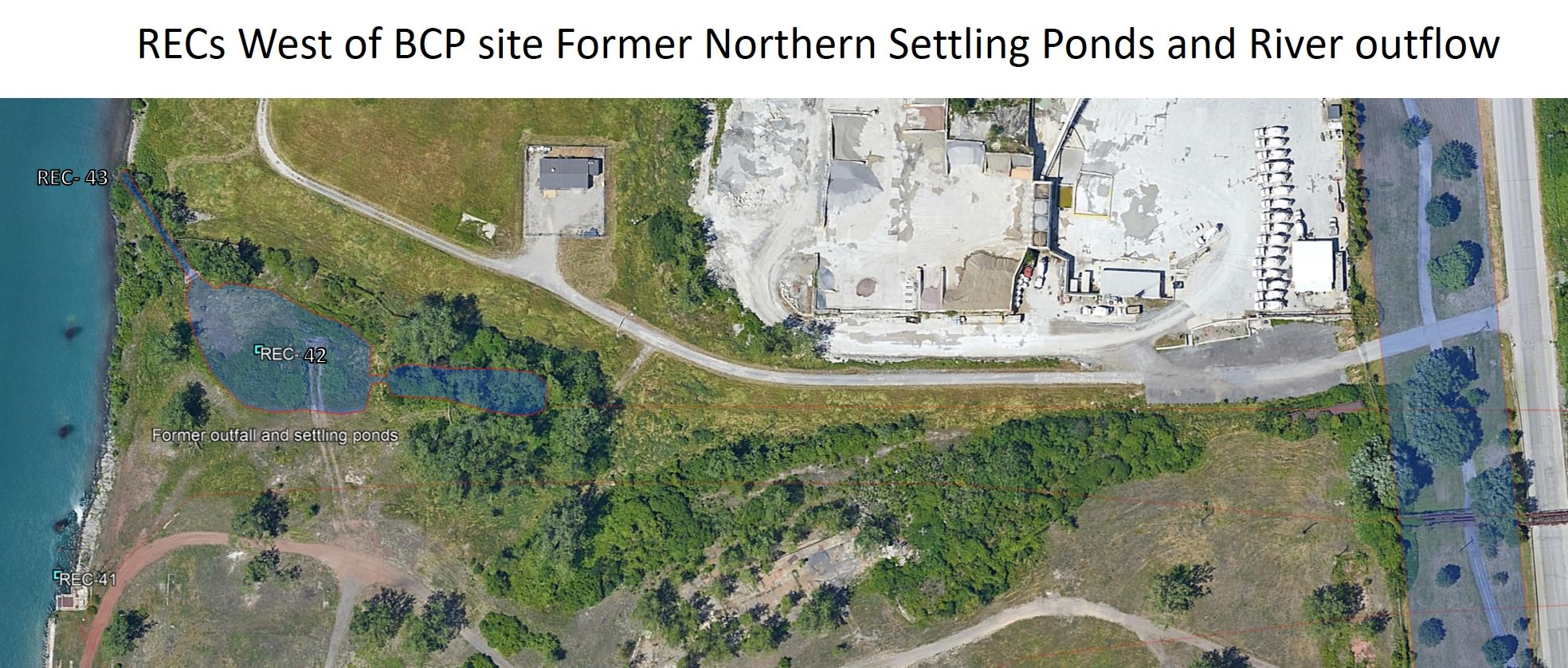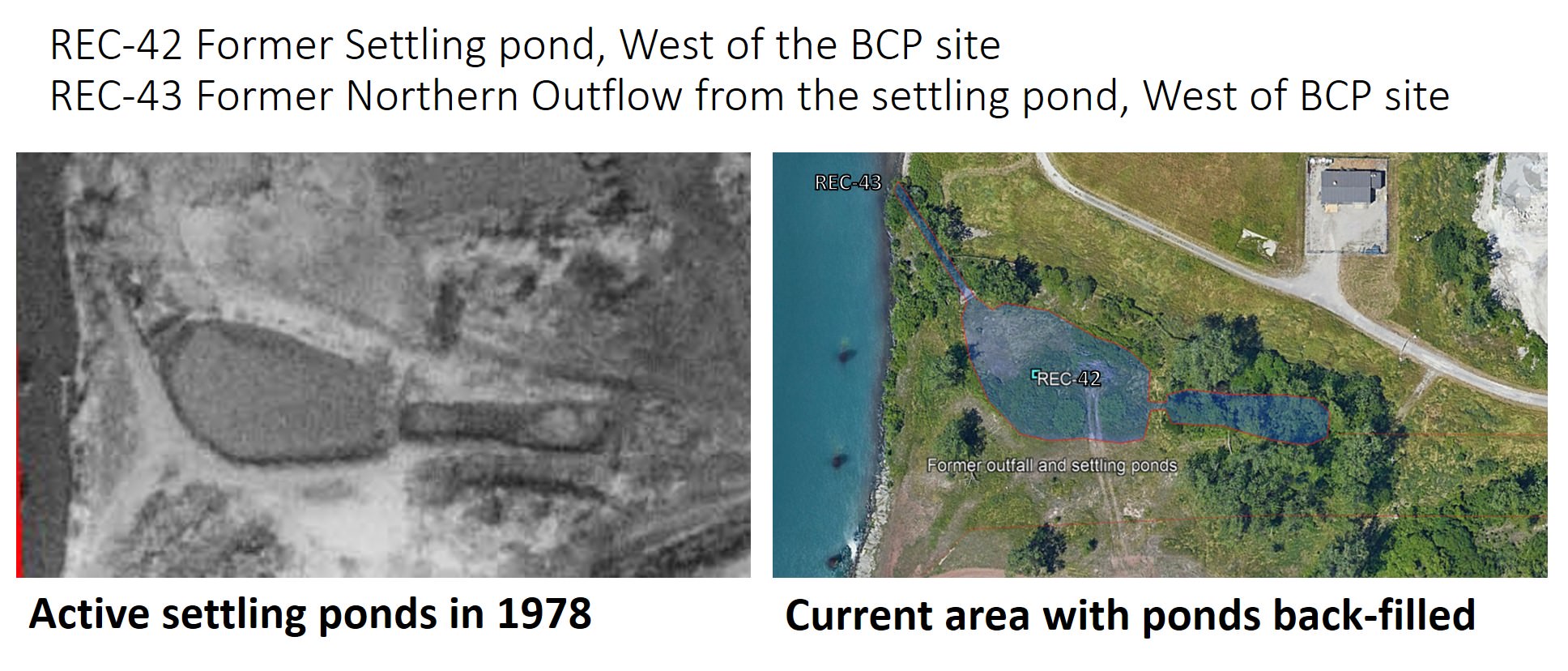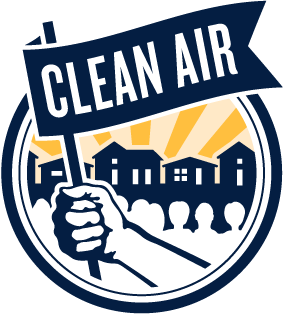Preocupaciones ambientales
- Visión general
- Cambios en el paisaje
- Uso industrial histórico
- Áreas de interés
- Preocupaciones ambientales
- Esfuerzos de remediación
Since each building and process on the site is associated with a specific type of contaminate, we were able to identify the recognized environmental conditions (RECs) that may be present on this site. A Recognized Environmental Condition (REC) is defined by ASTM E1527-13 as follows: The presence or likely presence of any hazardous substances or petroleum products in, en, or at a property: (1) due to release to the environment; (2) under conditions indicative of a release to the environment; o (3) under conditions that pose a material threat of a future release to the environment. De minimis conditions are not recognized environmental conditions.
Some examples of RECs on this site are:
Water Gas Plant which was most likely used to improve the quality of the manufactured gas that was collected as the coal was decomposed into coke while inside the ovens. NYSDEC guidance documents suggest that one of the wastes generated in the carbureted water gas process is cyanide, possibly accounting for why the facility was required to monitor cyanide historically in its water discharges to the Niagara River.

Oil and Tar
Light Oil Processing and Tanks are another potential source of contamination on this site. The light oil produced at this plant was composed of at least 50% benceno.
Railroad and Machine Shops were used to service the rail road cars and heavy equipment used at the site. Prior to the 1940s, it is likely that and oils and solvents used were aromatics from the benzol recovery operation. In later times, most machine shops moved to the use of chlorinated solvents. Although such a move at this facility is unknown, the presence of chlorinated aliphatics in samples collected in previous site investigation work suggests they were used someplace on the site, so the machine shop is the most likely location for the usage of such compounds.

Former North Outfall

REC-42 and REC-43:
Two settling ponds off the northwestern corner of Roblin Steel Site were observed in the 1978 aerial photo. Both ponds were located on Rattlesnake Island land between the filled channel and the Niagara River. Based on information gathered from a former plant hydrologist, this settling pond was fed by an underground culvert that collected sanitary waste and storm water from the coke plant. The water would leave this pond and enter the Niagara River via an outfall. Por 2002, only the smaller pond was present in an aerial photograph. The pond was present on the site through 2002 and was filled in before 2006. The soil underneath and near the ponds may include residual contamination associated with settling.
